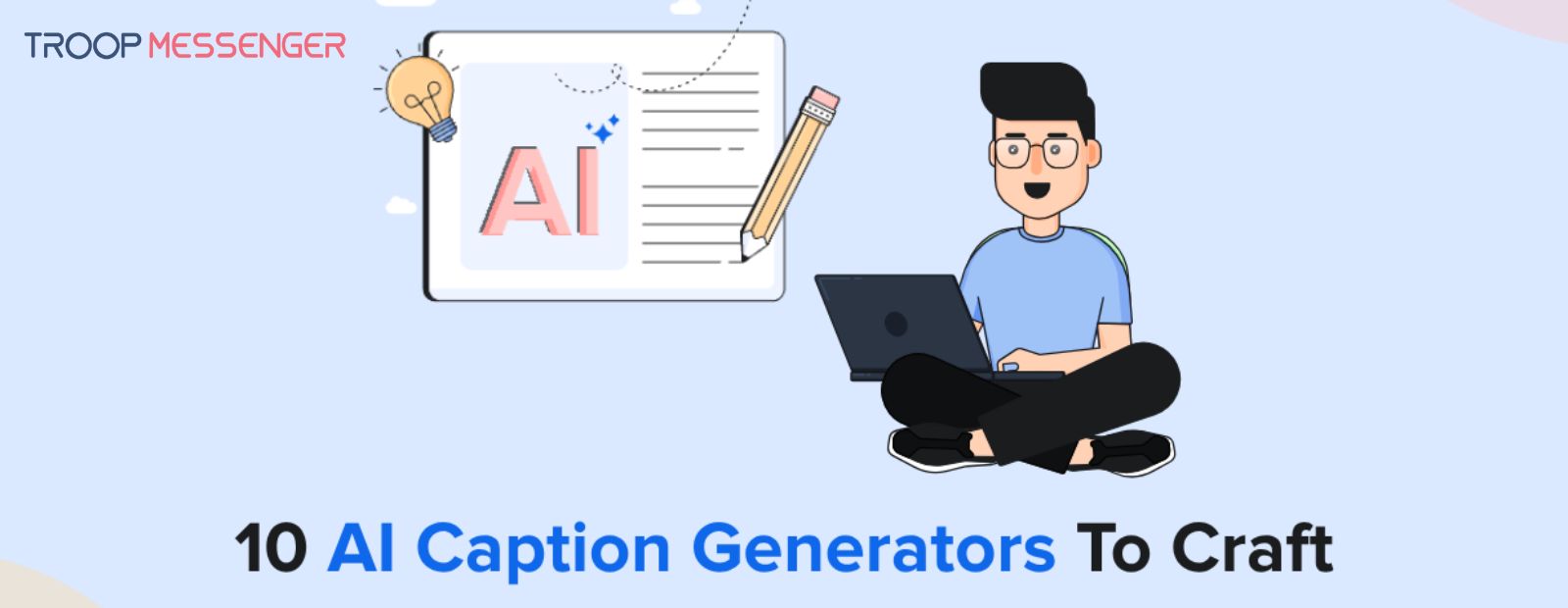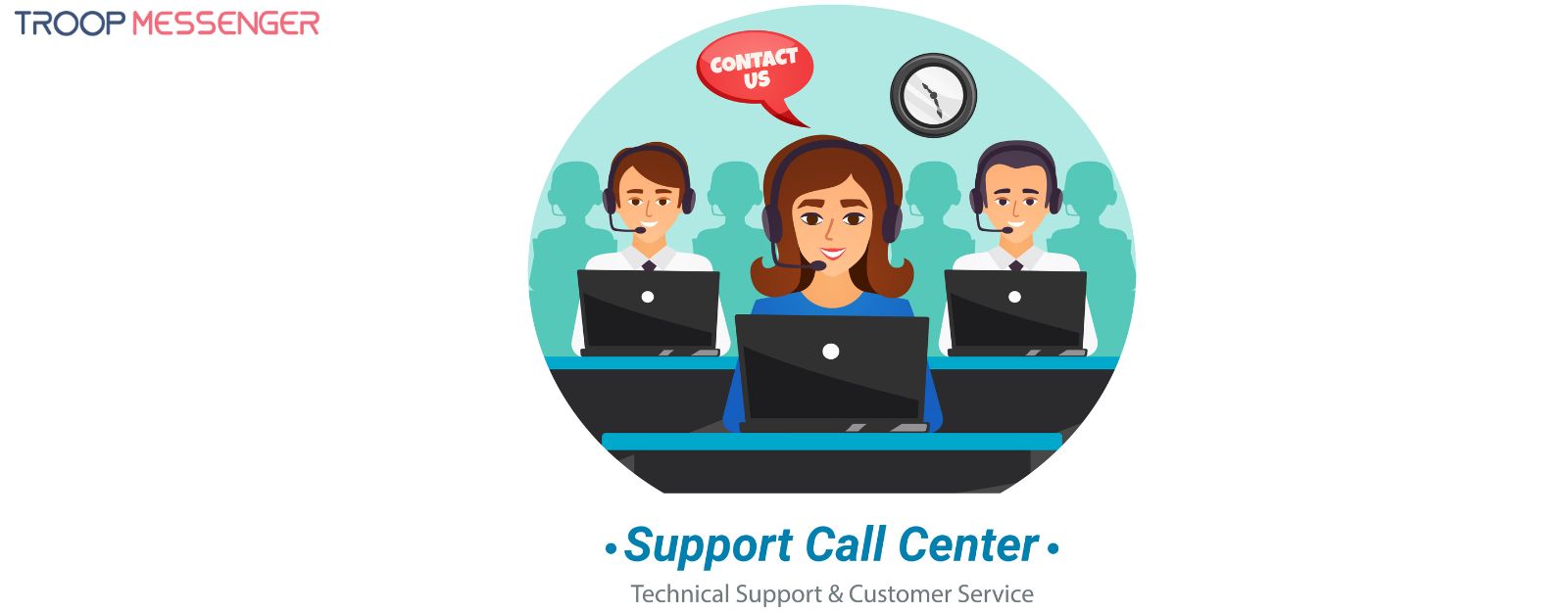Connect with us

Advertorial: Launch with Impact: Why Your SaaS Needs a "Break Cue" Approach to Onboarding & Performance
In the game of pool, the very first shot — the break — sets the tone for the entire match. A well-executed break spreads the balls across the table, opens up opportunities, and gives the player a powerful head start.
For SaaS products, the concept is no different. Whether it’s onboarding new users, launching a major update, or rolling out an enterprise feature, that initial action—your “break shot”—can define user experience, product adoption, and long-term success.
Why the First Move Matters in SaaS
In technology, your first user interaction is everything. Think of onboarding like the break shot in pool — it's the moment users see what your product can do and whether it's built for power, precision, and performance. A weak or clunky start? Users disengage. But a smooth, impactful launch? You're immediately in the lead.
The “Break Cue” Philosophy for Tech Products
Professional pool players don’t use the same stick for every shot. They rely on a specialized break cue — engineered specifically to deliver power, control, and accuracy at the critical first moment.
Similarly, successful SaaS companies don’t rely on generic processes for every user stage. Instead, they build targeted experiences and infrastructure to maximize performance during high-stakes moments.
Let’s break it down.
1.Purpose-Built Tools for Maximum Impact
In Pool: A break cue is heavier, stronger, and optimized for force — built to strike with maximum power without damaging the cue or the player’s control.
In SaaS: Your onboarding process, deployment system, or high-load architecture should be just as specialized. Generic infrastructure may not handle spikes in user activity, leading to lag, crashes, or poor engagement. Purpose-built modules (like product tours, API gateways, autoscaling services) provide the power needed to handle early friction and scale fast.
- Lesson: Don’t use your general-purpose workflows to manage critical launches. Build or implement systems tailored for those exact needs.
2. Protecting Your Core Systems
In Pool: Constantly using your regular cue for the break would damage it over time. That's why pros reserve the break cue for those powerful shots, protecting their main playing stick.
In Tech: Every system has a limit. Overloading core infrastructure with onboarding, batch imports, or external integrations can create failure points. Isolating high-pressure functionality (e.g., onboarding microservices, separate data pipelines) not only improves reliability but also extends the life and performance of your core platform.
- Lesson: Segregate systems of responsibility. Let your “break cue” handle pressure so your core remains stable.
3. Better Distribution Leads to Smoother Progress
In Pool: A good break spreads the balls across the table, making future shots easier.
In SaaS: A good initial experience distributes users effectively across the product — introducing them to the right features, guiding them to success paths, and reducing drop-offs. Think of it like progressive discovery, contextual nudges, and adaptive UI that responds to user intent.
- Lesson: A strong product “break” helps users move fluidly through their journey without roadblocks.
4. Precision + Power = Scalable Results
In Pool: The break cue combines weight, build quality, and a hardened tip to deliver targeted energy exactly where it’s needed.
In SaaS: Think of this as your stack optimization — where performance tuning, serverless functions, and database indexing allow you to deliver fast, reliable interactions under pressure. Whether it's a surge of signups or a viral feature launch, your platform should respond with power and precision.
- Lesson: Don't just scale for size; scale with intent. Optimize what matters most in your user’s critical path.
5. Confidence and Control Fuel Growth
In Pool: Pros feel more confident when they’re holding the right tool. They know they can perform under pressure — and that mindset shows in their game.
In SaaS: Developers, product managers, and operations teams need the same confidence. Investing in solid infrastructure, launch planning tools, observability dashboards, and pre-flight testing builds momentum and minimizes uncertainty.
- Lesson: Confidence is a function of preparation. Equip your team with the right tools, and launches become moments of opportunity — not anxiety.
Wrapping Up: Break First, Win Later
You wouldn’t play professional pool with just one stick, and you shouldn’t run a professional SaaS business with a one-size-fits-all approach to onboarding, scaling, or performance. Just like a Cuetec Meteor Break Cue is engineered for high-impact openings in billiards, your tech stack should be engineered for mission-critical moments in your product journey.
Summary
In the world of SaaS, your first move sets the tone for everything that follows. Much like a break cue in pool — a specialized tool designed for maximum impact — your onboarding and launch strategies must be purpose-built to deliver power, precision, and performance from the start. This blog explores why treating critical product moments with specialized tools and infrastructure isn’t just smart — it’s essential for long-term success, user engagement, and scalable growth.



-definition,-types,-examples-use-cases.jpg)




